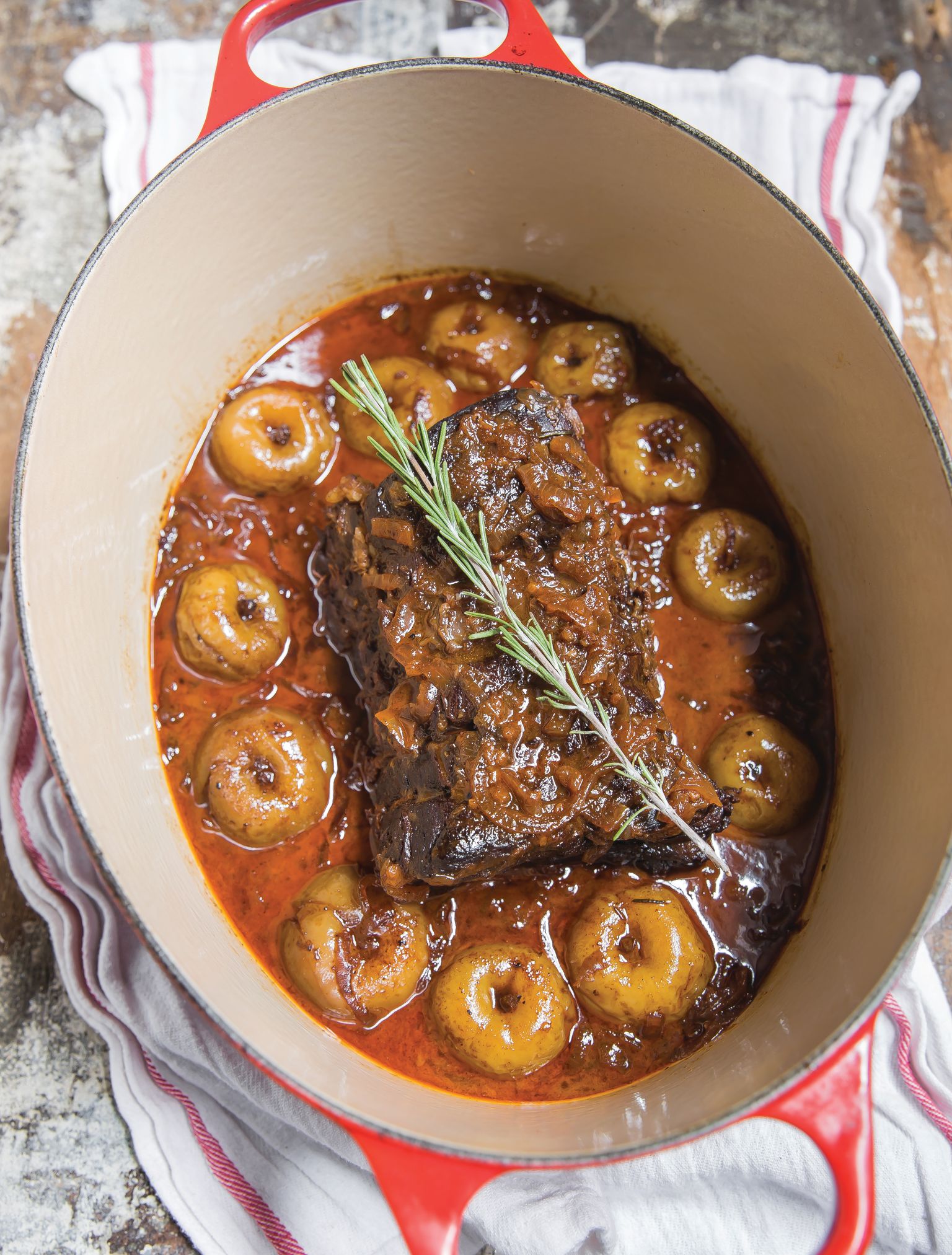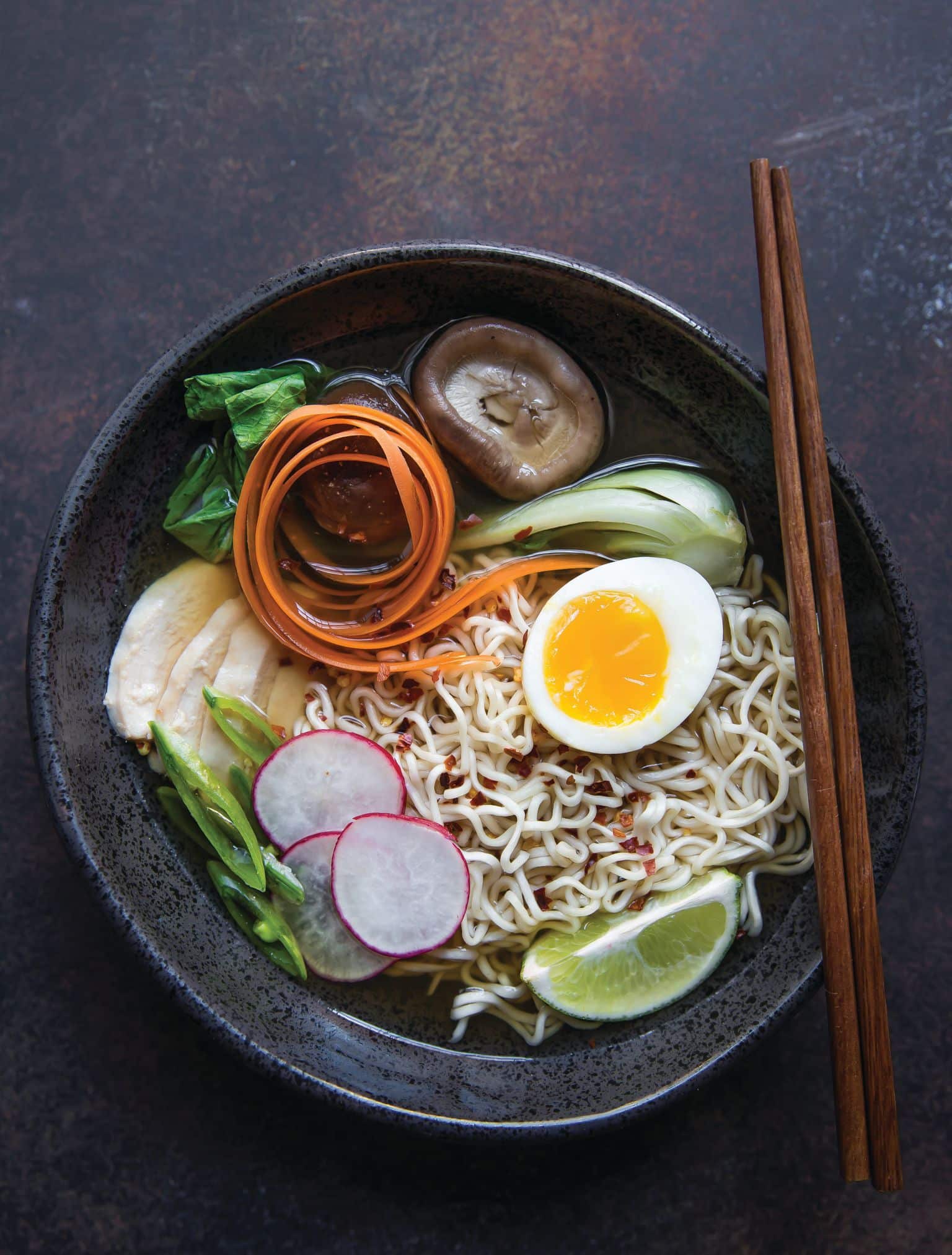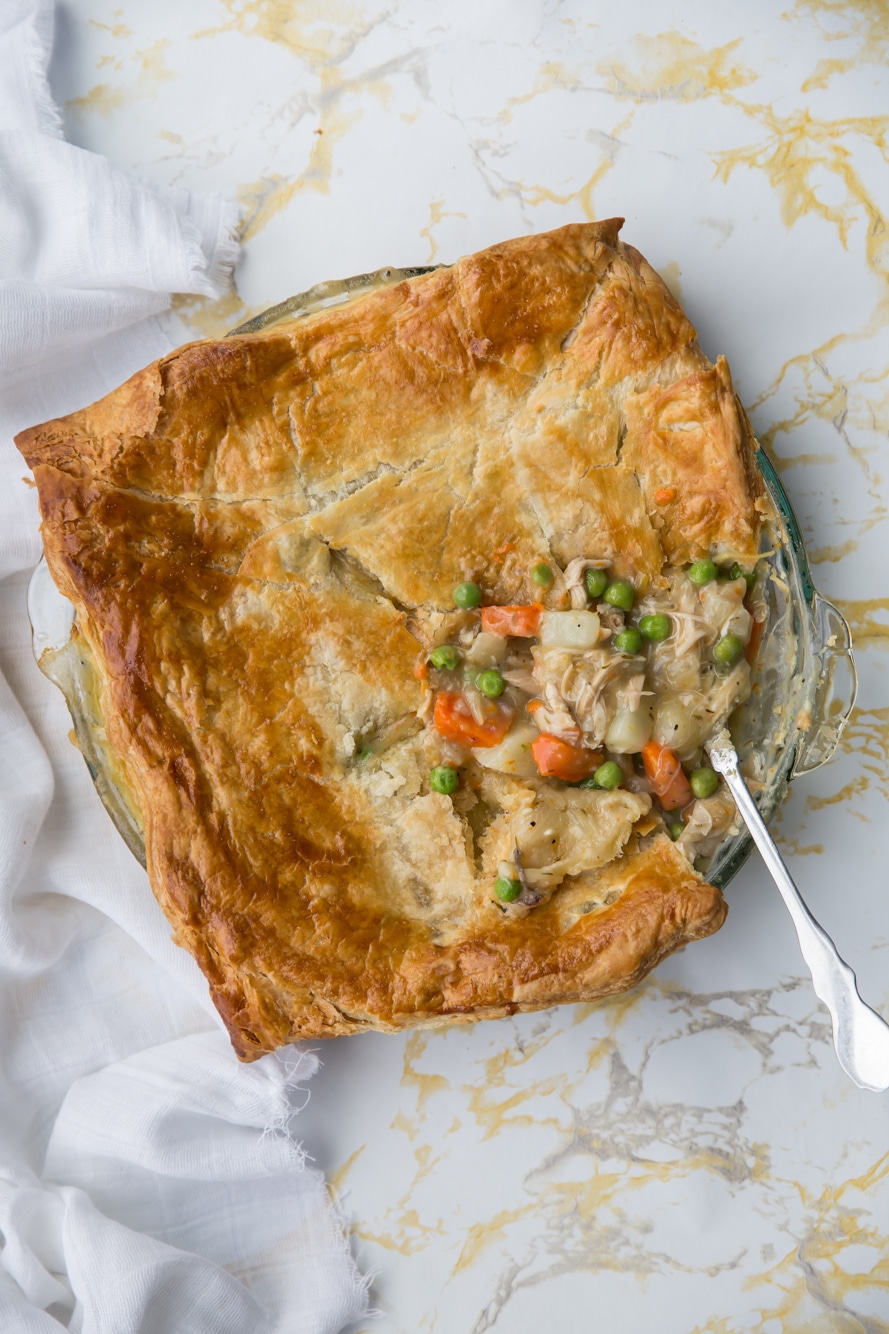
I love cereal. I can hoard cereal day and night but the cost of cereal these days…are you kidding me?! $7.89 for Corn Flakes at my local kosher supermarket!
I took to Instagram with my shopping woes recently, talking about rising food costs and what we can do to save money on groceries. The feedback came pouring in strong! I have to admit, my attitude towards grocery shopping has always been: TIME IS MONEY. I love the one stop shop where I can get everything in one store – my produce, meat, groceries and cleaning supplies. I don’t do the Costco haul and finding parking at Trader Joes is such as pain in Brooklyn (although the Williamsburg location now has a parking lot!!) that I only go when I need therapy (no joke, it’s my therapy!). As a recipe developer, I like to pick my own produce (so Instacart doesn’t work for me), and I’m usually at the grocery store several times a week for different projects so pre-planning my list isn’t realistic.
Recently, I went shopping at a grocery store outside of my neighborhood and I decided to price match my groceries with where I normally shop – and OMG I was shocked at the results! The supermarket where I usually shop was so much more expensive! I realized that if I shop with a little more intention, I can really start to save.
So with that, here are some great shopping pointers that my followers shared with me:
• Only shop in kosher stores for kosher products. All the national brand pantry basics are cheaper in mainstream grocery such as Shoprite, Walmart and Aldi.
• Buy the store brand whenever possible – Shoprite’s Bowl & Basket, Target’s Good & Gather and Walmart’s Great Value are great brands.
• Asian markets such as HMart have much cheaper prices on produce than grocery stores.
• Shop in stores that offer additional discounts like Target – you get an extra 5% off using their card or 5% back with Amazon Fresh.
• Costco has great prices on produce as well as eggs, kosher cheese, salami, and even kosher meat and poultry.
• Use delivery apps such as Walmart, Stop & Shop and Aldi that have great prices and their own apps (or use Insacart)
• Aldi (and LIDL on the East Coast) & Trader Joes have great prices on produce (Aldi might be even cheaper), and sometimes Wholefoods too!
• Bingo is great for purchasing snacks, Cholov Yisroel cheese and meat/chicken.
• KRM is a great budget-friendly store for kosher groceries.
• Local Mom & Pop stores often have better prices than chain stores.
• Shop the sales and stock up on sale items.
• Buy in bulk at warehouse clubs and split with friends if you don’t have the room or you don’t need as much.
• Download digital coupons, sometimes available on grocery store apps. You can view kosher circulars on WhatsOnSale or major groceries on Flipp.
• Join a co-op! The KC Kosher Coop currently services 22 communities.
To demonstrate some of the price differences between kosher supermarkets and mainstream groceries, I price-matched Kellogg’s Corn Flakes cereal and here were my findings:
Kellogg’s Corn Flakes, 18oz:
The Marketplace (my local kosher supermarket): $7.89
Season’s Kosher Supermarket $9.99
Walmart: $4.48
Target: $4.79
Amazon Fresh $8.49
Shoprite $6.98
Stop & Shop $8.39 for Kellogg’s or $3.69 for Stop & Shop brand
Wegman’s $6.89 for Kellogg’s or $2.89 for Wegman’s brand
Aldi – Millville brand $1.95
Sam’s Club $9.61 for 2 bags (43oz)
Costco $9.94 for 2 bags (43oz)
The disparity between the prices at the kosher supermarkets versus the mainstream groceries is shocking to me! I don’t know that I would give up my Kellogg’s classic for store brand corn flakes (at just $1.95 at Aldi!), BUT I would definitely consider shopping online for pantry staples (to save time AND money). I do see the benefit in warehouse club pricing, however, I don’t have the space for buying in bulk so that doesn’t speak to me as much.

OK now that I can afford cereal again, there were also lots of great tips about how you can scale things down at home to help save money on groceries:
• Make a shopping list and plan meals ahead of time to avoid impulse buys.
• Consider eating less chicken and meat and eating a more vegetarian diet with eggs, beans and tofu.
• Scale down on gourmet meals – treat Shabbat dinner like a traditional dinner – with one course – plus challah and dessert to make it special.
• You can’t change the price of food but you can change how much we waste – be frugal with leftovers!
• Make dishes that can be stretched further like chicken stir fry from chicken breasts or pepper steak from a London broil.
• Go back to basics and make your own food from scratch – easy no-knead bread and homemade nut milk can save lots of $!
• Buy bones and scraps for soup instead of using chicken or meat.
• Frozen fruits and/or vegetables are sometimes cheaper than fresh, especially when out of season.
• Make use of canned foods like beans as the base for a meal or to stretch a meal further.
Got more money-saving tips? Share them in the comments below!


 sushi nachos, Millennial Kosher, page 68
sushi nachos, Millennial Kosher, page 68 fall harvest roast, Millennial Kosher, page 182
fall harvest roast, Millennial Kosher, page 182
 ramen bowls, Millennial Kosher, page 182
ramen bowls, Millennial Kosher, page 182
